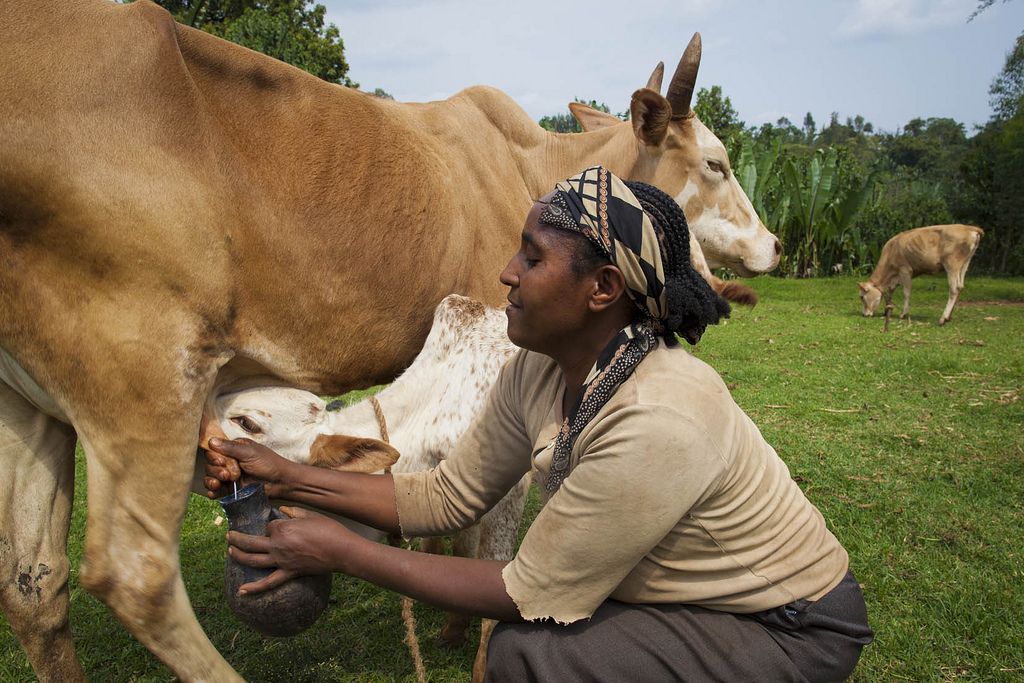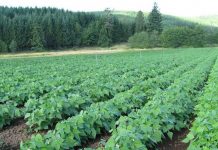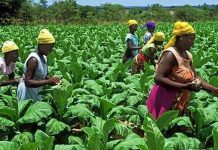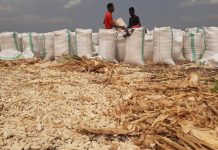THE government, in collaboration with various stakeholders, has planned to come up with strategies to improve the dairy sector as a driver to industrialisation, food and nutrition security and income to smallholder producers.
The coordinator of private sector desk from the Ministry of Livestock and Fisheries, Mr Stephen Michael said that among the strategies is to encourage the public to maintain a culture of drinking milk to boost the sector.
He made the remarks during a one day workshop organized by Agricultural Non State Actors Forum (ANSAF) in collaboration with TrustAfrica and the Ministry of Livestock and Fisheries held in Morogoro region recently.
He said that the stakeholder’s workshop aimed at sharing research findings and provide an opportunity for them to critically appraise the policy environment and investment situation in the livestock sector and at the same time explore prospects for developing collaborative advocacy work for better outcome.
According to him, weak consumption plus raw milk input supply leads to poor processor utilisation, driving down profitability to smallholder farmers. “The current consumption of milk with per capita value is only 49 litres. We need collaborative efforts to increase the consumption of milk to Tanzanians.
Dairy as a key sector in the country contributes thirty per cent of domestic production in the livestock sector and about 1.2 per cent of gross domestic profit (GDP) of the national economy,” he said.
He pointed out that currently, Tanzania produces over 2.7 billion litres of milk, where the local demand for unprocessed milk is low, with milk consumption per capita estimated at 49 litres while FAO recommended per capita consumption of 200 litres.
According to research findings, strong demand should be viable, but to strengthen the sector and drive processor utilization interventions are needed to unlock demand potential.
The research study aimed at conducting a sector analysis, including price, cost, revenue, profitability and human capital chains in Tanzania’s dairy sector, with the aim of advocating changes through critical analysis and evidences.
He said unlike neighbouring East African countries, Tanzania does not have a milk drinking consumption culture, where processors have been taking steps to drive demand, including promoting school milk drinking programmes, but utilisation is still low.
The Project Manager from Nronga Women Dairy Cooperative, Ms Helen Usiri said that high prices, limited transport and storage costs are among challenges facing the dairy sector in Tanzania.
“We need support from the government and livestock stakeholders to push the sector for industrialisation. We want to have reasonable prices that would help to boost the sector for the development of all users and for economic benefits,” Ms Usiri emphasized.
Deogratius Mlay from Tanzania Dairy Board said that productivity remains the biggest challenge in the sector, limiting potential growth, particularly for smallholder farmers. Dairy cattle are concentrated around the highlands of Kilimanjaro, Arusha, Mbeya, Iringa as well as Tanga and Kagera.







